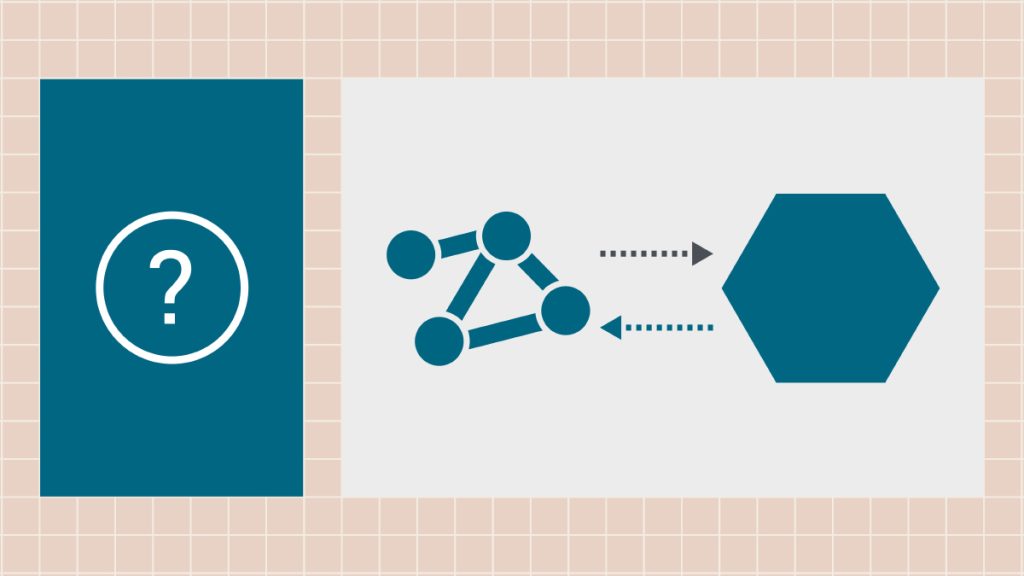APIs and microservices are central to web application and development and design, but while they’re both vital to these processes, they have differences in their function and how they’re applied. Here’s what you need to know about the differences between microservices and APIs.
What are microservices?
A microservice is a service-oriented architecture — an individual service in the microservice architecture. As its name suggests, a microservice divides different functions in an application into smaller components known as services.
Microservices can help transition away from monolithic systems as teams embrace a more modular and agile approach to software development.
For much more detail, see also “Microservice API patterns: a language for API design.”
The benefits of microservices include:
Time-saving updates: With microservices, making an update doesn’t require modifying the entire system. This allows you to perform rolling updates instead of time-consuming major updates. In addition, microservice updates can save money and debugging efforts.
A simpler experience: Because you’re working with microservices, you don’t have to understand the system architecture to understand a single aspect of the software.
Failure doesn’t knock down the entire application: Unlike with APIs, if a microservice fails it doesn’t affect the entire application. Similarly, if the security of a microservice is compromised, it doesn’t affect the entire application.
What are APIs?
An API – short for application programming interface – is part of an application that communicates with other applications. APIs are used to build a variety of applications, tools and more.
Dive deeper into an API definition and how they work here.
The benefits of APIs include:
Simple functionality and flexibility between systems: When a customer orders something, they can track the shipment of their goods via a phone or other mobile device.
Greater productivity: APIs let you quickly implement existing functionality instead of adding new things from scratch. You can integrate various analytics tasks so that you can realize your business goals faster.
More cost savings: Building an app can add up financially, but APIs can significantly reduce your development efforts and costs.
Differences between APIs and microservices
APIs and microservices are different things, but they are often used together. APIs and microservices serve different purposes; APIs are interfaces for communication, while microservices are architectural components.
A few differences between the two include:
- Size. Microservices are small, while APIs are larger, especially in complex integration cases.
- Microservices are quicker to build than APIs.
- Microservices are components, while APIs are an interface.
An API serves as a contract for interactions within the microservices, allowing interaction between the two.
We hope this answers a few of your questions on APIs and microservices.
To get a better understanding of how they work in the real world, read about how moving from a monolithic IT architecture to reusable, API-enabled microservices helped one construction equipment manufacturer accelerate development, enhance security, and reduce costs.
Learn 6 ways an open API management platform makes life easier for IT leaders.

Follow us on social